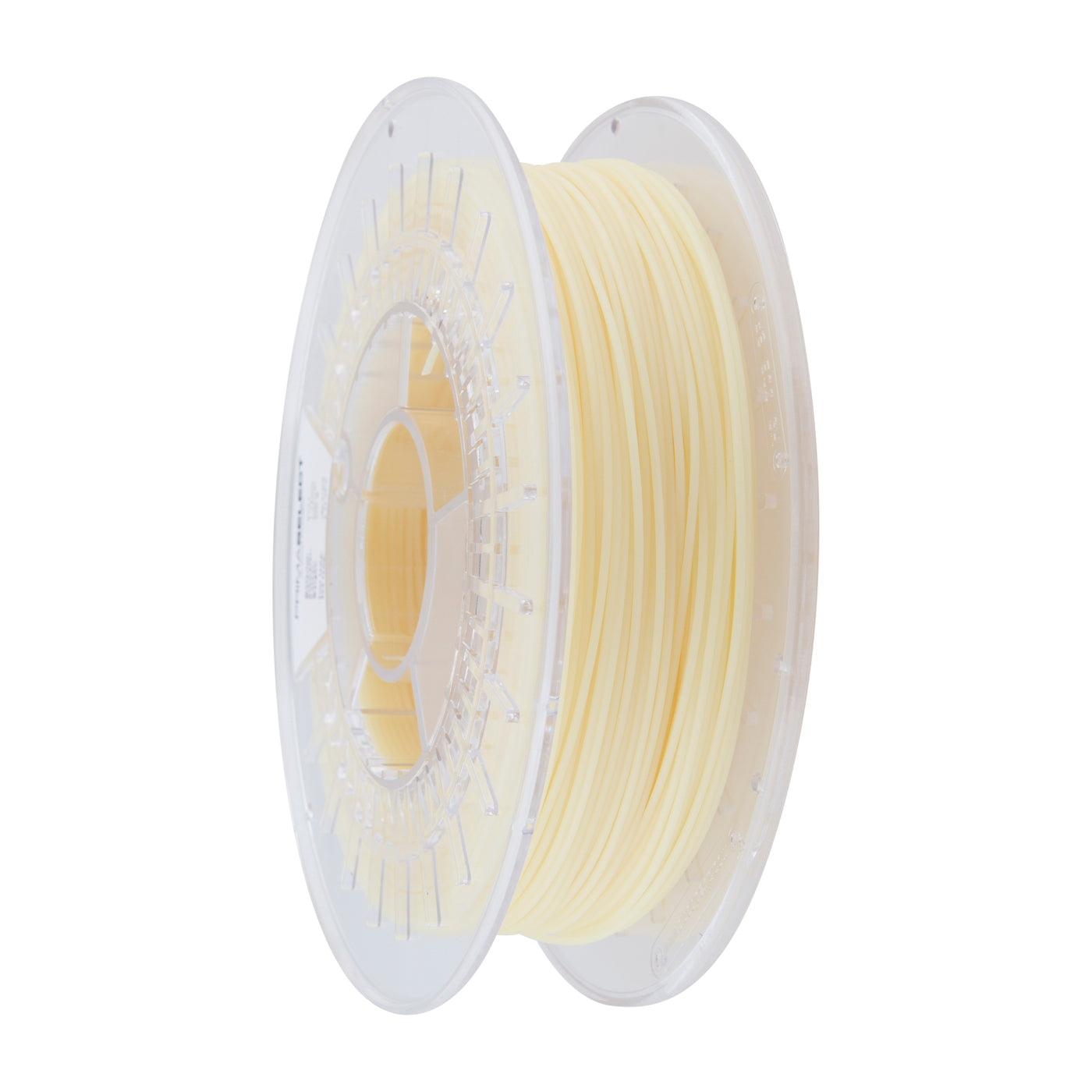
The possibility of such bioartifical tissues has been fueled by major advances in cell and molecular biology and the development of more sophisticated cell-culture technologies. Cover design: eStudioCalamar, Figueres/Berlin Printed on acid-free paper Springer is part of Springer Science+Business Media (This page intentionally left blankĪlthough efforts to generate bioartificial tissues and organs for human therapies date back to the 80s, these efforts have only come closer to reality in the past 10 years. In every individual case the user must check such information by consulting the relevant literature. Product liability: The publishers cannot guarantee the accuracy of any information about dosage and application contained in this book.
#OPTIMAGE PIV POLYCRYSTALLINE POWDER FREE#
in this publication does not imply, even in the absence of a specific statement, that such names are exempt from the relevant Â�protective laws and regulations and therefore free for general use. The use of general descriptive names, registered names, trademarks, etc. Violations are liable to prosecution under the German Copyright Law. Duplication of this publication or parts thereof is permitted only under the provisions of the German Copyright Law of September 9, 1965, in its current version, and permission for use must always be obtained from Springer. All rights are reserved, whether the whole or part of the material is Â�concerned, specifically the rights of translation, reprinting, reuse of illustrations, recitation, broadcasting, reproduction on microfilm or in any other way, and storage in data banks. … e-ISBN 978-4-3 DOI 10.1007/978-4-3 Springer Heidelberg Dordrecht London New York © Springer-Verlag Berlin Heidelberg 2011 This work is subject to copyright.Rue du Chemin Vert 94500 Champigny sur Marne, France Suschek Universitätsklinikum, der RWTH Aachen Klinik für Plastische Chirurgie, Handund Verbrennungschirurgie Pauwelsstr. Norbert Pallua Universitätsklinikum, der RWTH Aachen Klinik für Plastische Chirurgie, Handund Verbrennungschirurgie Pauwelsstr. I must stop here now but I shall come back to you later.Editors Univ.-Prof. Why? Because the amorphous form of silicates also contain the Si-O tetrahedra like the crystalline variety. For example in silicates you will find Si-O distances are almost identical in glassy (amorphous) and crystalline forms.

The first neighbor distances are almost idential in many cases. These near-neighbor distances are are often very similar to that known in crystalline analogue of the amorphous sample.
But if you analyze this intensity distribution carefully by doing inverse Fourier transformation then the resulting pair distribution function in the real space will give you distances of atoms from a central atoms and their their number. If you look at the X-ray 9or neutron) diffraction pattern from amorphous carefully you will find that intensity varies with the scattering angle and form very broad peaks. But amorphous substances are not really collection of atoms with random distribution. So the diffraction from them do not show sharp Bragg peaks. The amorphous substances do not possess this long range order. The crystalline substances have long range order. The diffraction from ideal crystalline substances are characterized by well defined Bragg peaks in X-ray diffraction.


 0 kommentar(er)
0 kommentar(er)
